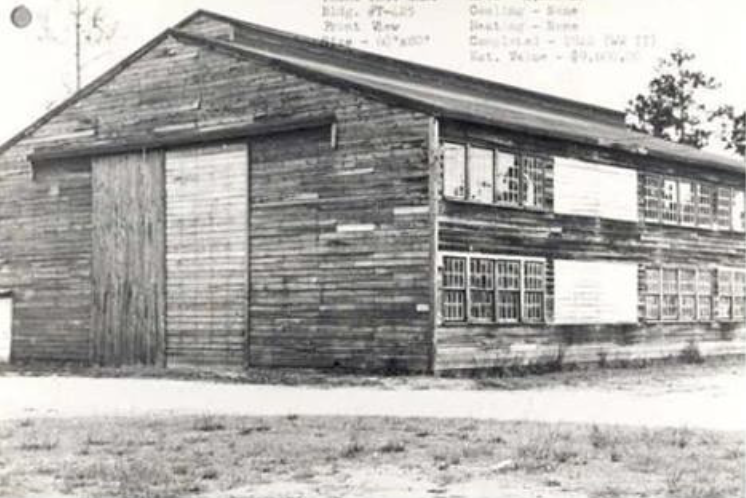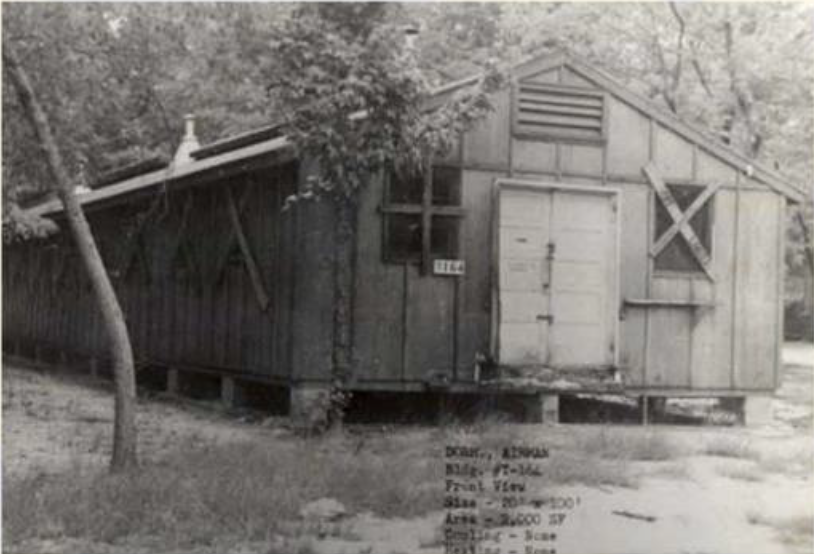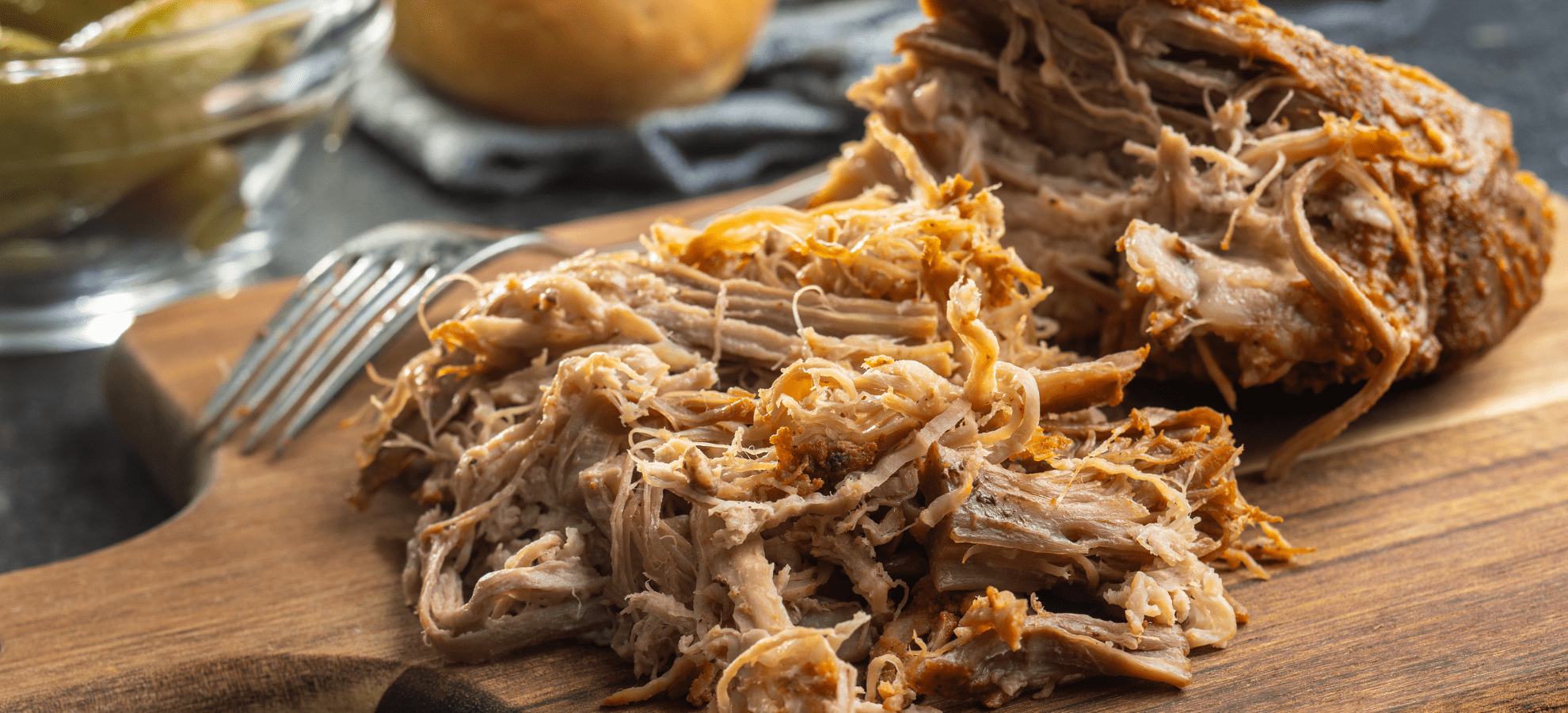An Historical Timeline
by Melissa LaScaleia
Since its initial use by the U.S. Military in 1940, the area which was originally the Myrtle Beach Municipal Airport, and then evolved into the Myrtle Beach Air Force Base, has supported our country through several major wars of U.S. involvement, and played an instrumental role in key events of the 21st century.
Plaques which recount the lives of those who were connected to the Base and made significant military and governmental contributions dot the streets of the Market Common, alongside plaques which tell the history of the Myrtle Beach Air Force Base and this area throughout the ages.
If you and your family and friends are looking for added ways to enjoy this season out-of-doors, then why not take a tour of the Market Common during the evening hours.
The streets are brilliantly lit with holiday lights, and you can read the stories of the people and events who contributed to the rich tapestry of our understanding of this place as it was in the past.
Here are just a few of the interesting facts that you can find:
In March 1942, at the heighth of WWII, the U.S. military took over the Myrtle Beach Airport to use as a training and support facility for what was the precursor to the modern day Air Force, the Army Air Corps.
All available options and facilities were utilized to support Allied efforts abroad and offer protection at home.
Rather rudimentary wooden buildings were erected at what was knows as the Myrtle Beach Bombing and Gunnery Training Range. The buildings encompassed offices, barracks, a hospital and various maintenance and training facilities.
Locals began to refer, with affection and humor, to the hastily put-together structures as Splinter City.
Although their architectural aesthetic was not high, their quick composition enabled training missions to commence within six months. In 1943, some of the structures were even used to house German prisoners of war.

The base commanders who served during World War II and beyond include: First Lieutenant Claude W. Davis (1942), First Lieutenant Ernest E. Fleming (1942), Major Leonard E. Thomas (1942-1943), Lieutenant Colonel Frank J. (1943), Colonel John A. Tarro (1943-1945), Colonel James R. Gunn, Jr. (1945), Colonel Richard O. Harrell (1945-1946), Colonel Glen C. Nye (1946), Colonel Samuel J. Davis (1946-1947), and Colonel Louis M. Merrick (1947).
Also honored and commemorated are the mayors of Myrtle Beach.
From the beginning, the civilians and military personnel from the Air Force Base enjoyed positive relationships. The bond was strengthened and enhanced by the equanimous and mutually beneficial contacts that developed between base commanders and the city mayors. Each of these officials took pride in their professional relationships, and worked to maintain them.
The mayors of Myrtle Beach are: W.L. Harrelson (1938-1939), Ben M. Graham (1939-1941), W.L. Harrelson (1941-1943), O.C. Callaway (1943-1947), H.W. Tallevast (1947-1949), J.N. Ramsey (1949-1954), Ernest W. Williams (1954-1955), W.E. Cameron (1955-1964), Mark Garner 1965-1973), Robert Hirsch (1974-1978), Erick B. Ficken (1978-1985), and Robert M. Grissom (1986-1998).
The aforementioned plaques can be found at the intersection of Farrow Parkway and South Kings Highway in Warbird Park.
























